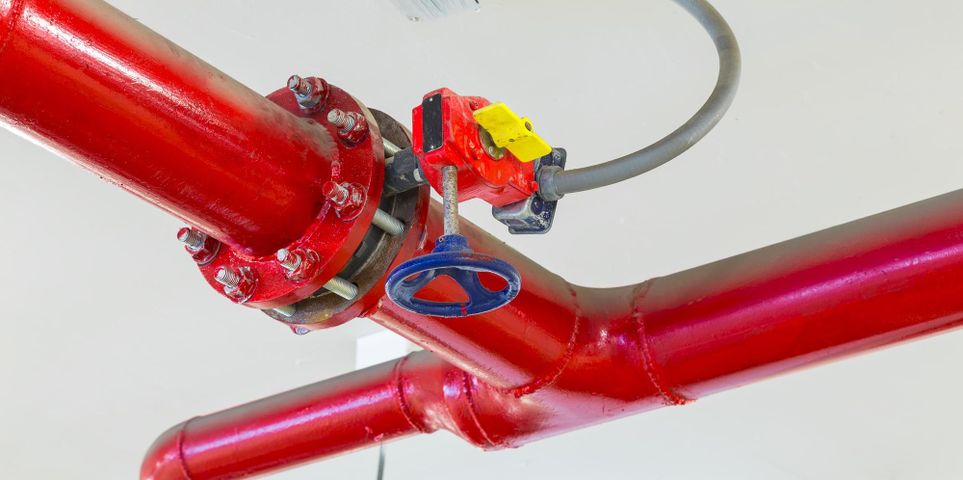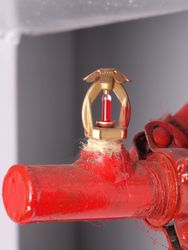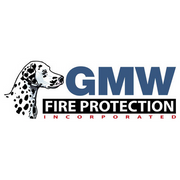How to Prepare Your Fire Sprinkler System for Cold Weather

Your fire sprinkler system is designed to minimize damage to your home or facility by suppressing the flames until help can arrive. However, these pipes are at risk of freezing in the winter, which can impede their ability to respond to danger. The guide below explains several steps you can take to winterize your system.
A Guide to Fire Sprinkler System Preparation
What Kind of System Do You Have?
First, determine whether your fire sprinklers operate on a dry or wet system. In a dry system, pipes are pressurized with air and, when activated, release the water the nitrogen had been holding back to pour from the sprinkler heads. Wet systems are always filled with water and, thus, more susceptible to freezing.
How to Prepare?
 While dry systems are less likely to experience problems in winter, moisture in the air can condense, and eventually freeze, inside the pipes. To prevent this, a professional should make sure that they are properly drained and angled ahead of winter.
While dry systems are less likely to experience problems in winter, moisture in the air can condense, and eventually freeze, inside the pipes. To prevent this, a professional should make sure that they are properly drained and angled ahead of winter.
Wet fire sprinkler systems are usually installed in homes and buildings where temperatures won’t drop below 50 degrees. However, if some of the components of the wet system extend into an attic, garage, or another unheated area, it can increase the risk of the pipes freezing. A professional contractor may add antifreeze to the water to lower its freezing point. An annual inspection will then be necessary to replace the coolant levels.
When you need maintenance on your fire sprinkler system, contact the professionals at GMW Fire Protection in Anchorage, AK. Their NFPA®-certified specialists have provided reliable residential and commercial fire protection services for over 15 years. Their expert team installs and maintains a comprehensive range of fire safety systems including alarms, emergency and exit lighting, and fire extinguishers. To schedule a consultation, call (907) 336-5000 or learn more about their products and services online.
About the Business
Have a question? Ask the experts!
Send your question

